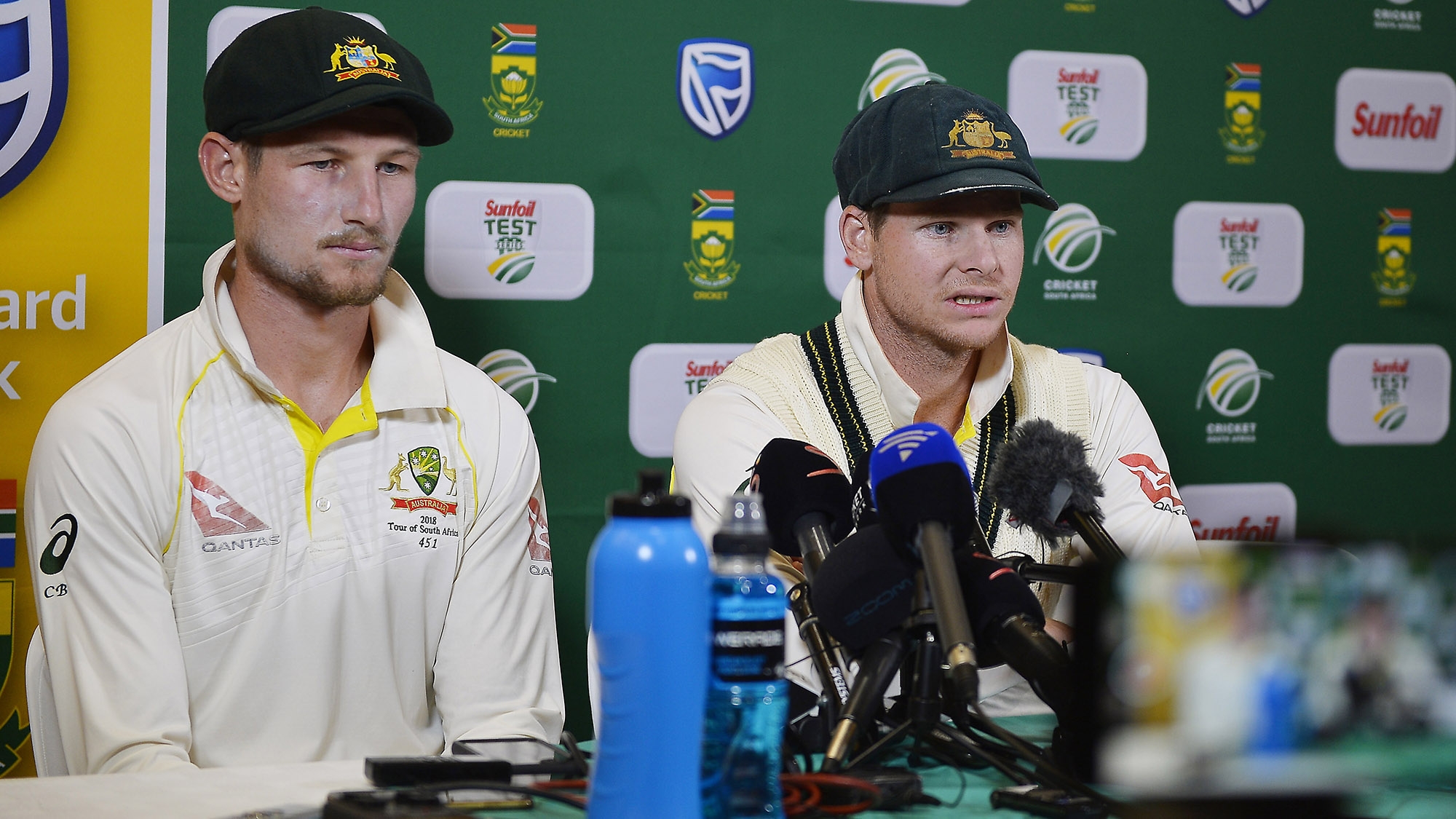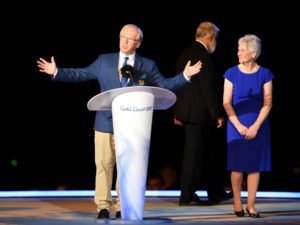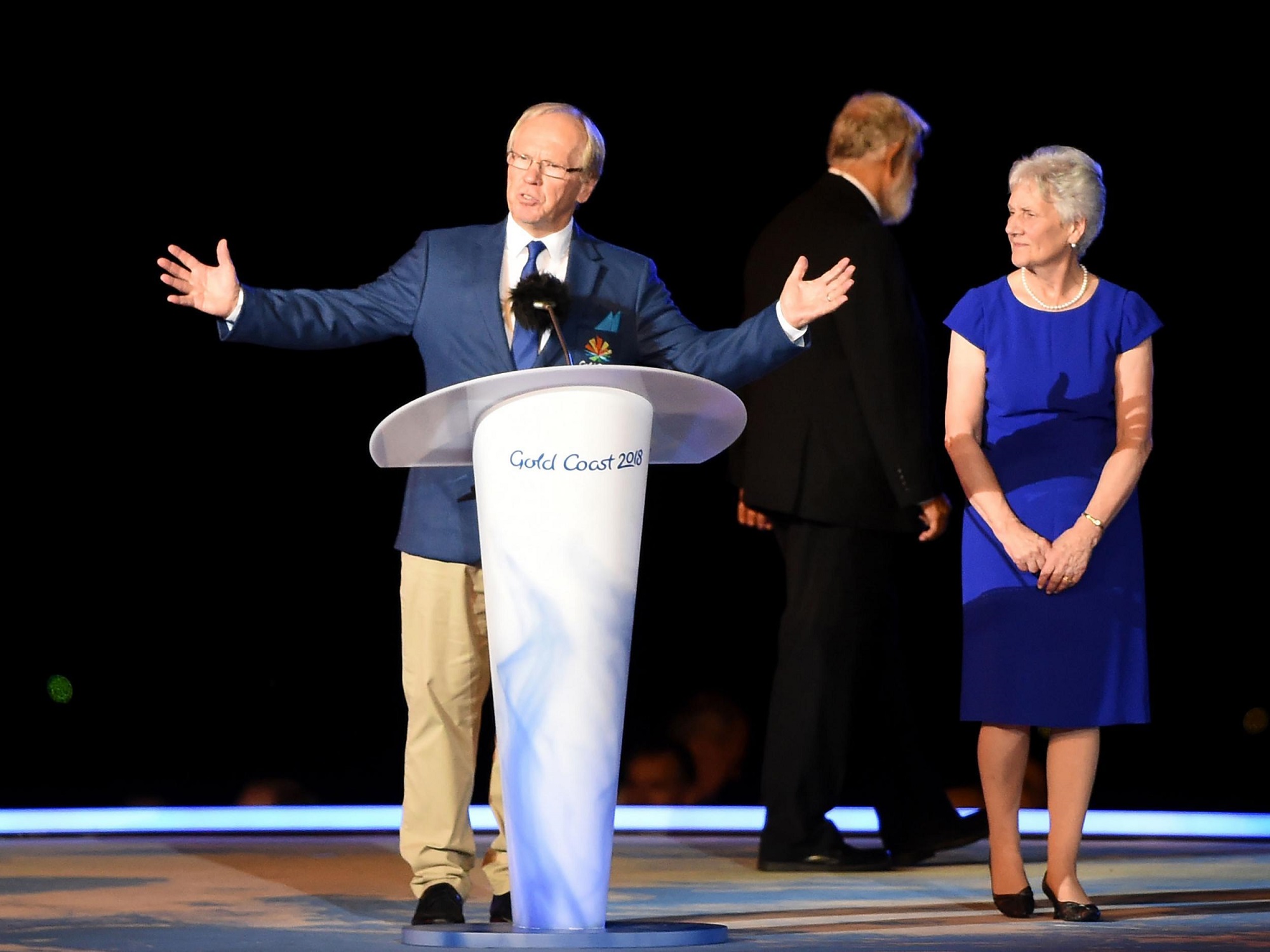
Lessons for all public facing organisations in cricketing shame
As an avid fan of the Australian cricket team, the events over the past 48 hours are very difficult to swallow.
We as a nation have in the past taken great pride in our cricket teams, with captains of the past, Benaud, Chappell, Border, Taylor and Waugh, revered by sporting lovers across the nation.
There has though been a steady decline in the behaviour of Australian cricketers across the past decade, with a ‘win at all cost’ attitude seemingly perforating the team environment.
For Australian cricket fans it has been difficult to justify some of the on field behaviour, with sledging taking on a whole new meaning, moving from banter to something more akin to abuse.
The current test series in South Africa has particularly highlighted this shifting line, with altercations both on and off the field.
In one word the series has been ‘ugly’ and both the Australian and South African teams have done little to promote the game in the true spirit of sport and it has made the cricket hard to watch.
With such poor behaviour dominating coverage from the first two tests, it sadly was not surprising that Australia would take this level of poor sportsmanship right across the cliff, into an arena of organised ‘cheating’.
The signs have been there since the first bowled that there was little respect between the two teams, nor for the great game of cricket itself.
The lack of self-control consuming the Australian team was evident from the David Warner incident in the stairwell of the first test, with Warner, a team leader, having to be restrained from a physical altercation with an opponent.
This is not the first time David Warner has been involved in such an incident, having in the past being banned from team selection for assaulting the then up and coming English batsmen, Joe Root, in a bar ahead of an ashes series.
Back then team discipline had been a significant issue under the soon to be former coach Mickey Arthur, who had attempted to reign in the behaviour of his charges, resulting in a dressing room revolt and his replacement by a ‘players man’, Darren Lehman.
Lehman’s approach as coach was far looser in how the players conducted themselves on and off the field and he would often join in the baiting of the opposition through media, in an attempt to unsettle them.
The era of ‘whatever it takes’ was now cemented and highlighted by then captain Michael Clarke, screaming at English tailender Jimmy Anderson “get ready for a F…ing broken arm” as Mitchell Johnson steamed in at the Gabba.
The question then is, how have the actions of Cricket Australia contributed to this mentality?
For mine they had a prime opportunity to take a firm hand, both as a public statement and setting what is acceptable behaviour of the team following the Warner’s incident in the stairwell at Durban.
Had they taken action and publicly condemned David Warner, stripped him of the vice-captaincy and sent him on the next plane home, then I doubt there would have been any discussion around ball tampering two tests later.
Instead, both the captain and coach supported Warner, shifting blame to the player Warner attempted to physically remonstrate with, all seemingly with the support of Cricket Australia.
The ‘whatever it takes’ culture was now firmly cemented.
This culture had so influenced the team that even after being caught red handed, Steve Smith and Camron Bancroft fronted the world’s media seemingly oblivious to the storm that was about to engulf the team.
Likewise Cricket Australia awoke to the story with what seemed little idea that the storm was now a hurricane, failing to take a strong stance, whilst the Australian Sports Commission and the countries Prime Minister was condemning the behaviour.
Looking at it from a media management perspective, I was literally dumbfounded.
How on earth was Cameron Bancroft and Steve Smith sitting a press conference with little or no brief on how to respond to the media barrage of questions coming their way?
The only people at that presser’ should have been the coach and the captain, with a co-ordinated and scripted response to the media on the question of ball tampering.
Once the ‘cat was out of the bag’ and Smith had publicly admitted to the leadership group devising the plan to ‘cheat’, back in Australia there was now no choice than at the least to stand Smith down from the captaincy, showing decisive and immediate action to Smith’s untenable position.
I have written in the past of the importance of getting on the front foot in the midst of a media crisis, yet again an organisation has failed to do so.
Instead Cricket Australia found themselves in the position of so many other organisations who have made the same mistake in the face of a media storm, delayed action, only to be pressured into making the inevitable tough call, thereby removing any potential for credit for the action taken.
For the leaders of businesses and organisations watching on there is a lesson here, getting your culture right is everything and taking action when people act outside of what is expected of them is critical.
And please, if you are a public facing organisation, have a ‘media crisis plan’ in place and ensure that in you are getting the right advice from those that get news media, not solely from those that work primarily on creating positive publicity.






